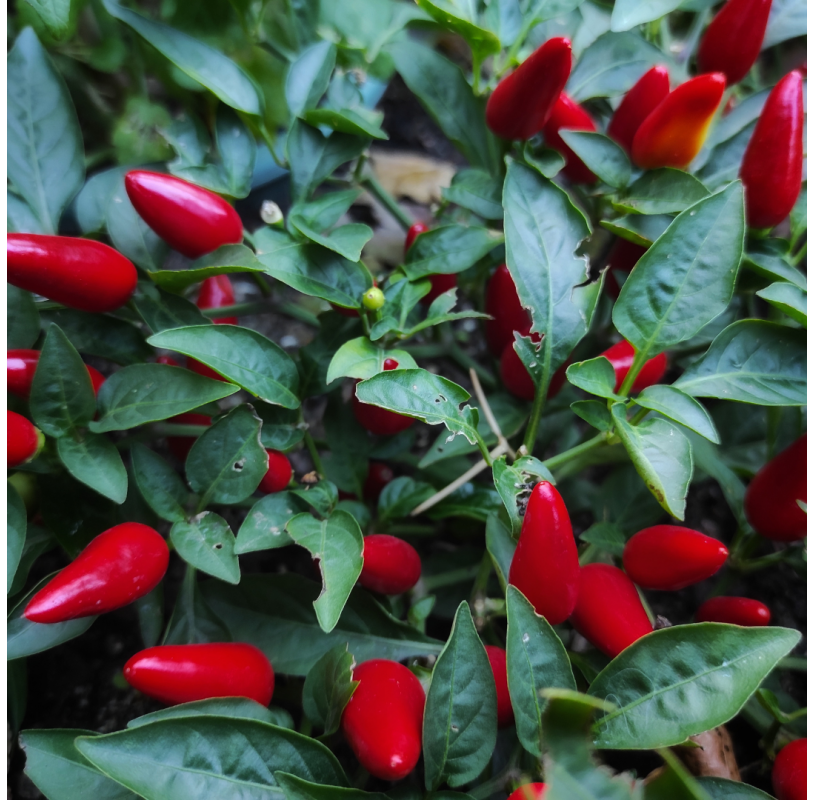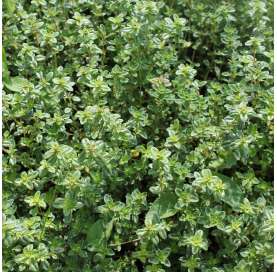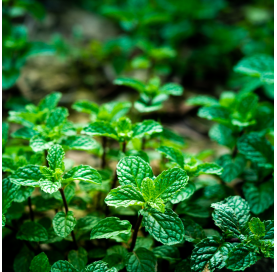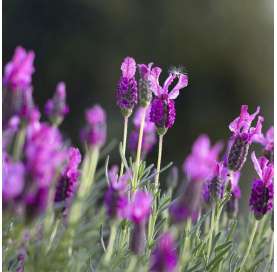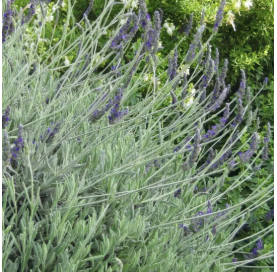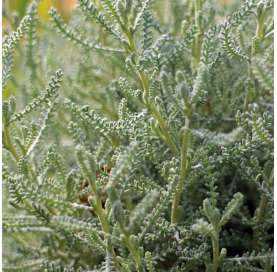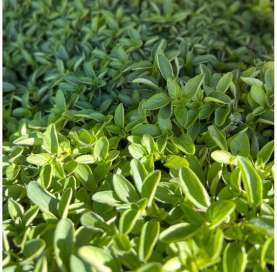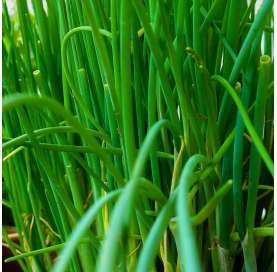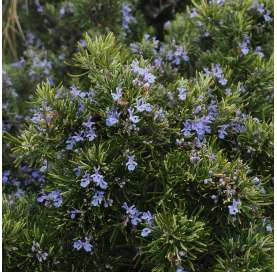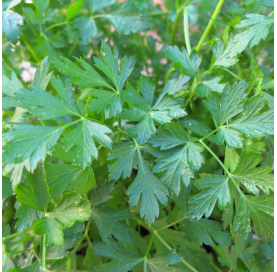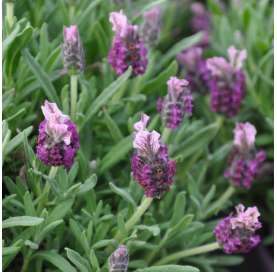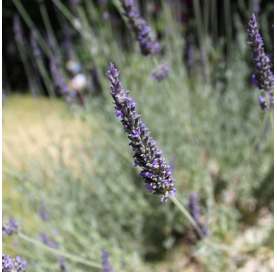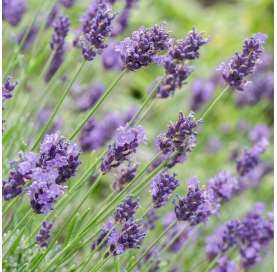Hot Pepper Capsicum. C13
The Capsicum hot pepper is an unusual houseplant that is usually cultivated more for its fruits than for its flowers.
 Encrypted payments for greater security
Encrypted payments for greater security
To reduce the plant's time in transit, shipments are made from Monday to Wednesday.


Shipping only to mainland Spain and mainland Portugal
Spicy Pepper Capsicum - Viveros González
The Spicy Pepper Capsicum, though not commonly grown as an indoor plant, is primarily valued for its colorful and decorative fruits rather than its discreet white flowers. Originating in America, this plant has been cultivated for over 6000 years, finding its place in the history and cuisine of various cultures.
Plant Description:
The spicy pepper is a bushy plant with dark green foliage that reaches up to 38 cm in height. Its fruits initially green, shift through a range of colors from yellow and orange to intense red as they mature. These fruits are highly decorative and extremely spicy, typically used more for decoration than consumption.
Care and Cultivation:
For optimal growth, Capsicum needs good compost and exposure to good light, especially during fruit maturation. During the summer, the plant blooms with small white flowers as it develops towards maturity.
- Temperature: Maintain between 10 and 21 °C (50 to 70 °F).
- Watering: Water regularly during the growing season to keep the substrate moist, without letting it dry out. In winter, moderate watering but ensure it does not endure temperatures below 10 °C (50 °F).
- Fertilization: Add liquid fertilizer weekly to the watering water to promote healthy growth.
Propagation:
Propagation is done through seeds in the winter-spring season. Use quality compost, keep moist and at a temperature of 18-21 °C (64-70 °F). Provide adequate ventilation to prevent basal rot.
Common Problems:
Wilting leaves may indicate insufficient watering, lack of light, or inappropriate temperature. The pepper may suffer from attacks of whiteflies and red spider mites; use systemic insecticide and maintain humidity to control these pests.
Decorative and Culinary Use:
Although primarily decorative due to its intense heat, the fruits can be used in small amounts to add color and spice to various dishes. These peppers are also rich in vitamins A and C, offering antioxidant benefits.
This pepper is not only an excellent decorative addition to the home but also a rewarding challenge for gardening enthusiasts due to its specific requirements and aesthetic beauty. Ideal for those who appreciate both ornamental beauty and spice in the kitchen.
Data sheet
- Name
12 other products in the same category:
-
Spearmint.€2.20
-
-
-
-
-
Weeping rosemary -...€1.90
-
Lavandula stoechas.€3.50
-
Lavandula pinnata€7.25
-
French green lavender.€3.50

 English
English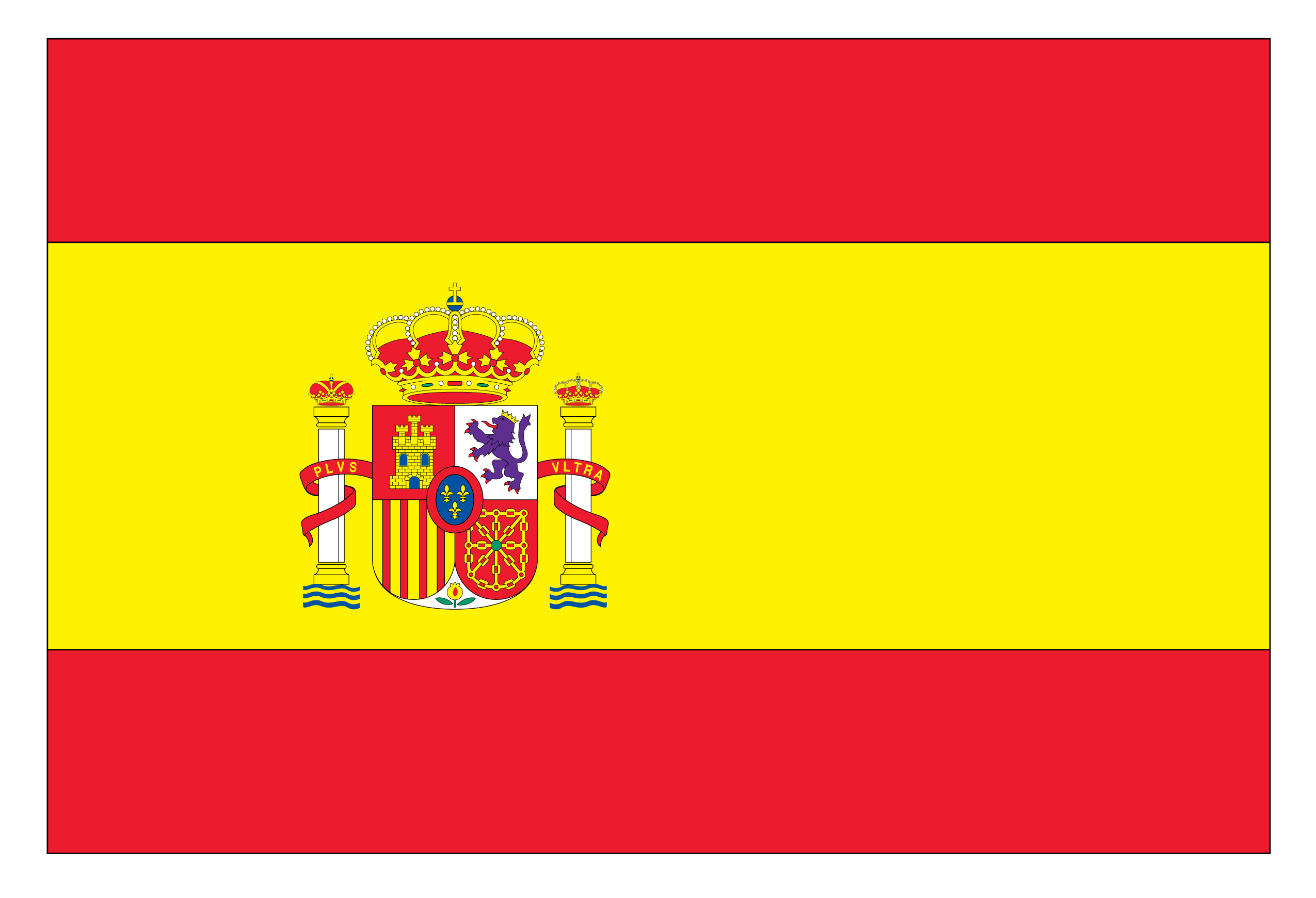 Spanish
Spanish